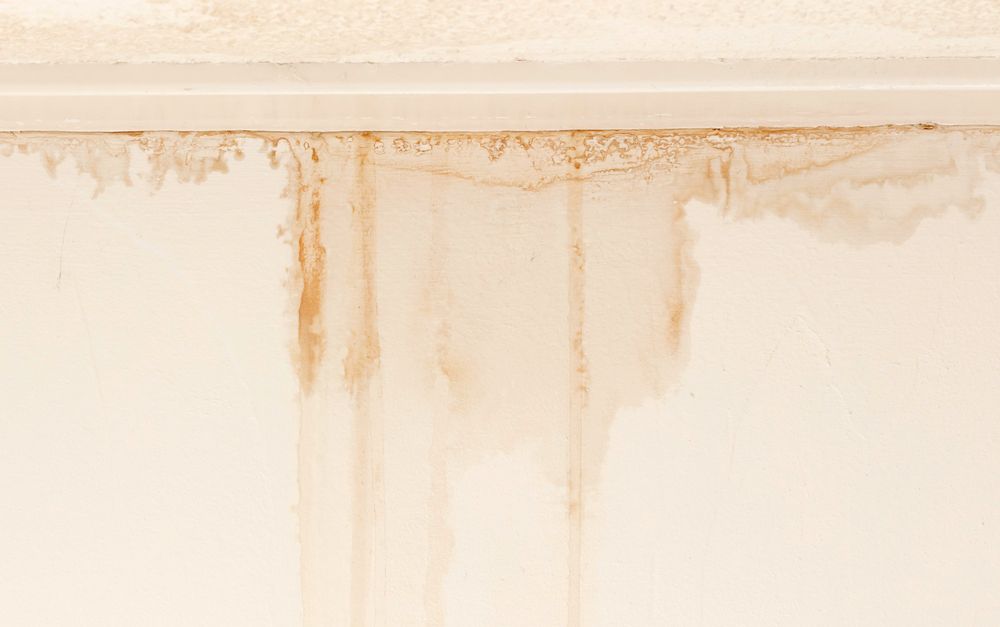Finding Hidden Water Line Leaks: Six Effective Detection Methods
Finding Hidden Water Line Leaks: Six Effective Detection Methods
Blog Article
Just how do you really feel with regards to Locating water leaks?

Early detection of leaking water lines can reduce a potential catastrophe. In addition to conserving you cash, it will reduce the irritation and also frustration. The moment you locate a leak, calling your plumber for repairs is the most effective service. However, some little water leaks might not show up. Here are some hacks that assist if you can not detect it with your naked eyes.
1. Take A Look At the Water Meter
Every house has a water meter. Checking it is a proven manner in which helps you find leakages. For beginners, turn off all the water sources. Make sure no person will flush, utilize the faucet, shower, run the washing device or dish washer. From there, go to the meter and also watch if it will certainly alter. Considering that no one is using it, there ought to be no activities. That indicates a fast-moving leak if it moves. If you discover no adjustments, wait a hr or two and check back once more. This indicates you may have a slow-moving leak that can even be below ground.
2. Examine Water Consumption
Examine your water costs and also track your water usage. As the one paying it, you should notice if there are any type of disparities. If you detect sudden changes, despite your usage coinciding, it suggests that you have leaks in your plumbing system. Remember, your water costs need to drop under the very same array every month. A sudden spike in your costs indicates a fast-moving leakage.
A consistent increase every month, also with the very same habits, shows you have a slow leakage that's also gradually escalating. Call a plumber to thoroughly inspect your property, particularly if you really feel a warm area on your floor with piping beneath.
3. Do a Food Coloring Test
When it comes to water consumption, 30% comes from commodes. If the color in some way infiltrates your bowl during that time without flushing, there's a leakage between the container and bowl.
4. Asses Outside Lines
Do not forget to check your exterior water lines too. Should water leak out of the connection, you have a loosened rubber gasket. One tiny leakage can lose heaps of water as well as spike your water expense.
5. Assess the situation as well as inspect
House owners should make it a routine to examine under the sink counters and even inside closets for any kind of bad odor or mold growth. These 2 warnings suggest a leak so prompt focus is called for. Doing regular evaluations, even bi-annually, can conserve you from a significant trouble.
Examine for discolorations as well as deteriorating as the majority of pipes as well as devices have a life expectations. If you think leaking water lines in your plumbing system, don't wait for it to intensify.
Early discovery of dripping water lines can alleviate a prospective catastrophe. Some little water leakages might not be visible. Checking it is a guaranteed method that helps you discover leakages. One little leak can waste lots of water and also increase your water bill.
If you presume leaking water lines in your plumbing system, don't wait for it to escalate.
WARNING SIGNS OF WATER LEAKAGE BEHIND THE WALL
PERSISTENT MUSTY ODORS
As water slowly drips from a leaky pipe inside the wall, flooring and sheetrock stay damp and develop an odor similar to wet cardboard. It generates a musty smell that can help you find hidden leaks.
MOLD IN UNUSUAL AREAS
Mold usually grows in wet areas like kitchens, baths and laundry rooms. If you spot the stuff on walls or baseboards in other rooms of the house, it’s a good indicator of undetected water leaks.
STAINS THAT GROW
When mold thrives around a leaky pipe, it sometimes takes hold on the inside surface of the affected wall. A growing stain on otherwise clean sheetrock is often your sign of a hidden plumbing problem.
PEELING OR BUBBLING WALLPAPER / PAINT
This clue is easy to miss in rooms that don’t get much use. When you see wallpaper separating along seams or paint bubbling or flaking off the wall, blame sheetrock that stays wet because of an undetected leak.
BUCKLED CEILINGS AND STAINED FLOORS
If ceilings or floors in bathrooms, kitchens or laundry areas develop structural problems, don’t rule out constant damp inside the walls. Wet sheetrock can affect adjacent framing, flooring and ceilings.
https://www.servicemasterbyzaba.com/blog/how-to-detect-water-leakage-in-walls/

I found that post on Top leak detection hacks while doing research the internet. Are you aware of another individual who is in the market for the subject? Please feel free to promote it. I appreciate reading our article about Locating water leaks.
Ring for results! Report this page